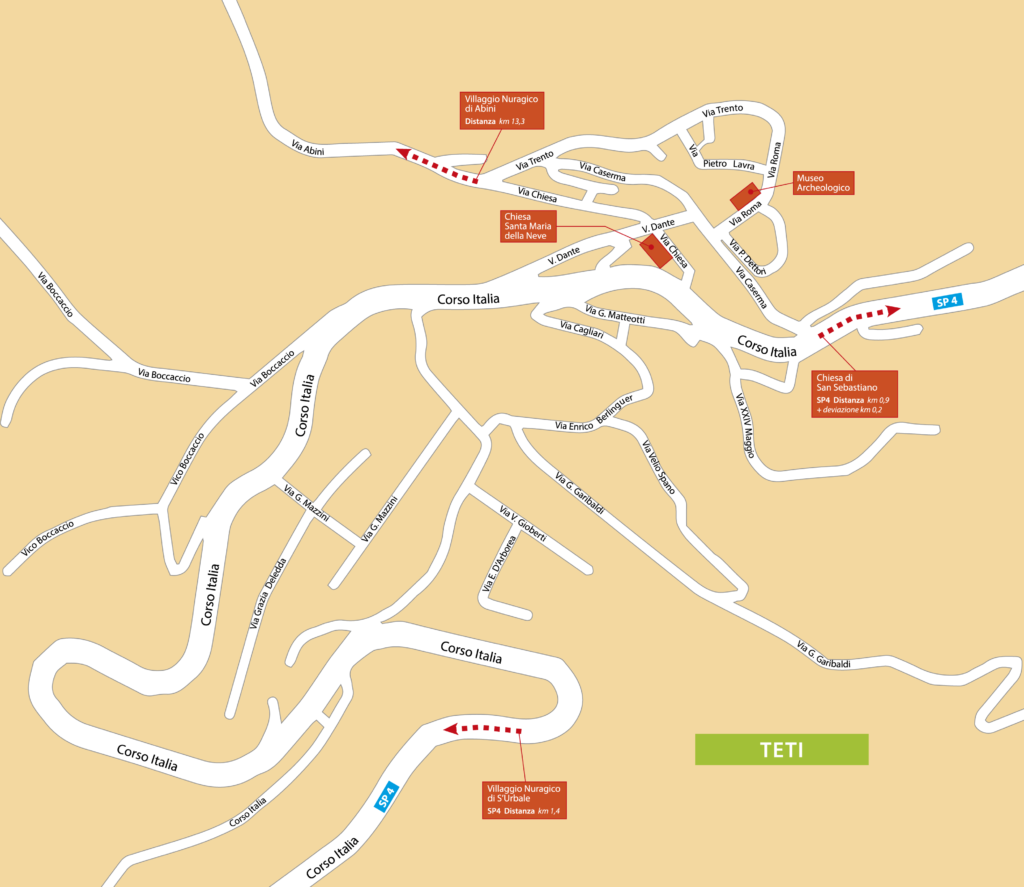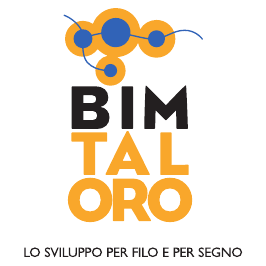The Nuragic Village of S’Urbale
The nuragic village of S’Urbale, which dates back to a period between the Middle Bronze Age to the Early Iron Age (1500-900 BC), is located on a hill at 840 metres above sea level near the artificial Lake of Cucchinadorza. In the village there used to be about 50 huts: a 1:1 replica of one of them (area F) is housed in Teti’s Archaeological Museum (Museo Archeologico Comprensoriale). The huts have a round plan, with granite blocks (no mortar) and a stone floor. They generally contain a central square hearth (to which new layers of clay were added on a regular basis) along with a small room, bordered with stone slabs embedded in the ground, which was used to store food and utensils. Each dwelling unit in S’Urbale had a conical roof made using radial poles and layers of branches held together by clay, which also provided thermal insulation along with cork. No other nuragic village in Sardinia can boast such an advanced construction technique. One of the huts has benches along the walls, which probably means it was used to hold meetings, as well as carved ashlars for votive offerings.
Excavation work was started in 1931 by Antonio Taramelli and uncovered the first 12 huts atop the hill; many other dwelling units, which had collapsed following a major fire that occurred in the Nuragic period (resulting in the site being abandoned), were unearthed with the excavations carried out in the 1980s by the Archaeological Superintendency. Thanks to the intact archaeological layers and the remains uncovered – including horseshoe-shaped clay stoves and pottery (vases, bowls, jugs, pans, pots) – we can piece together the daily lives of a 9th century BC community by looking at a number of extraordinary findings, such as tools for grinding grains (saddle querns, pestles and pots) and weaving (spindle whorls, spools, loom weights). Religion and rituals played a pivotal role for the whole community, as evidenced by the presence of the Sanctuary of Abini nearby.
With its rocky peaks, holm oak woods and centuries-old cork oak woods, the area of Teti is extremely rich in archaeological remains: of particular interest, in addition to the village and sanctuary above, are the nuraghe of Istei–Funtana Bona, Alineddu and Turria and the giants’ tombs of S’Urbale and Atzedalai.
Text by Cecilia Mariani

planimetria_Teti_02_es-01
 BIM TALORO
BIM TALORO